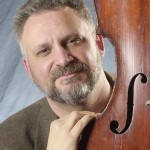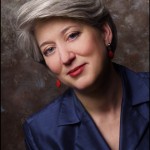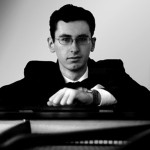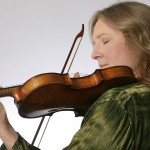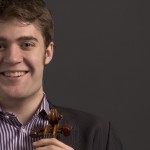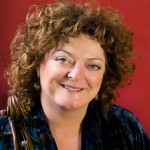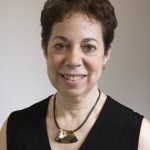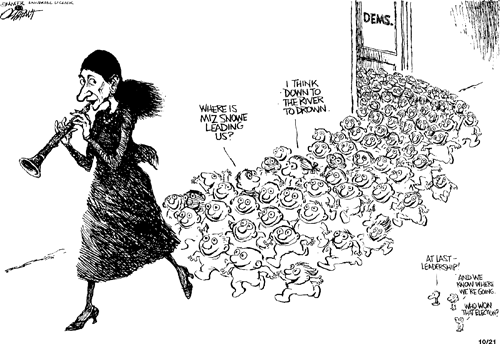
Technology and Live Performance
I recently finished a fascinating book called Capturing Sound—How Technology has Changed Music by Mark Katz, who is a professor at the University of North Carolina at Chapel Hill. In a very thoughtful monograph, Katz traces the cultural effects of developments in sound reproducing technology from its origins in the late 19th century to the looping and sampling skills of today's rap artists and the virtuosity of the "turntablist" DJ's such as i.Emerge and Kentaro:
One of Katz's ongoing themes is that technology has had a profound influence on live performance itself. He notes that recorded performances by their nature are fixed and repeatable, and that this fact led to performances, even in jazz, where performances by groups such the Ellington band often replicated "improvised" solos from their recordings note-for-note when they played live. He discusses ways that recording artists learned to compensate for the lack of a visual component of their performances, and offers the fascinating theory that the rise of continuous string vibrato around 1920 was inspired by recording technology; as electrostatic microphones began to capture and reproduce imperfections of intonation and bow technique that could be inaudible or unnoticeable in the concert hall, vibrato may have been a strategy for hiding them. He also observes that much of classical music's development in America in the early 20th-century, including the founding of many orchestras during that time, came about as recordings of the classics were marketed as a positive cultural influence, promoting the idea that exposing people to "good music" would help them become better and more moral citizens, able to contribute more fully to their communities.
Katz doesn't get into technology's influence on the early-music field, but he could. In the "beginning" of the popular Baroque-instrument revival, which we can date to the late 1960's, recording helped in a several ways: first by allowing splicing to create expert performances that never existed, free of squeaks, scratches, and poor intonation; second by amplifying a performance and making it portable allowing audiences to hear an intimate and stylish harpsichord performance anywhere they chose at at any volume they chose; third by creating early-music "celebrities" by marketing millions of recordings by artists such as Brueggen, Leonhardt, Hogwood, Pinnock, Norrington, Christie, et al. The popularity of these celebrities caused a trickle-down effect, creating a large audience for recordings of and live performances by groups of professional early-musicians. I was fortunate enough to profit from this phenomenon for several decades, making a reasonable living playing concerts for large audiences in halls that were really too big for the music, which was the only way to make the enterprise cost-effective, and audiences were often satisfied possibly because of positive associations from recordings.
Lately, however, it seems that things have taken a bit of a turn. The celebrity lions of the field are reaching retirement age or beyond--quick now, name a world-famous Baroque musician under 50--and again, it seems that technology has played a part in preventing younger musicians from reaching their exalted status. With the advent of cheap analog-to-digital converters, hard-drive recording, and digital editing and mastering, making a beautiful and perfect-sounding record has become so easy that pretty much anyone can do it. Technology has made it easier to learn historical styles too, one can hear a large number of excellent performances of pretty much any repertoire you can name. Many of these recordings are available online at little or no cost with a few clicks of the mouse. So while the supply of product has gone up exponentially, the number of people who can discern between a competent performance and a great one remains more or less constant (Mary Deissler once told me that the demographic of early music connoisseurs in Boston was about 400 people, interestingly, our typical crowd when the NY Collegium played there) As the supply/demand equation has grown more lopsided, the predictable outcome has been the disappearance of "in demand" celebrity directors and instrumental soloists who are household names. Also predictably, most professional free-lance musicians are working a lot less than they were ten or twenty years ago.
What is taking the place of traditional professional performance? Different, "diverse" kinds of music, finding new or inter-media takes on historical instruments (for an example see http://soreagroup.com). The programs are often heavily amplified, so just a few performers can have enough profile to capture the attention of a large crowd. And, interestingly, amateur performance at a very high level. Music schools all over the country are graduating annual classes of very competent performers; there are only so many chairs in full-time symphony orchestras and competition for jobs with even part-time modern or period groups is growing ever more intense. These musicians need to play somewhere, and in increasing numbers they are forming groups and self-presenting. I'm always interested to read in Gene Murrow's "Gotham Early Music Scene" e-mail newsletter the sheer number of concerts that are being presented in New York, most of them by artists who are organizing themselves and performing for the gate; they often spend a little money and take the time to produce their own CD's as well.
It seems that technology largely fueled the growth of the "Early Music Scene" in the last century, and is becoming an important part of its transformation in this one. What will happen next, I wonder? Comments welcome!
September Prelude
in North Carolina this week. What a great bunch of colleagues!
